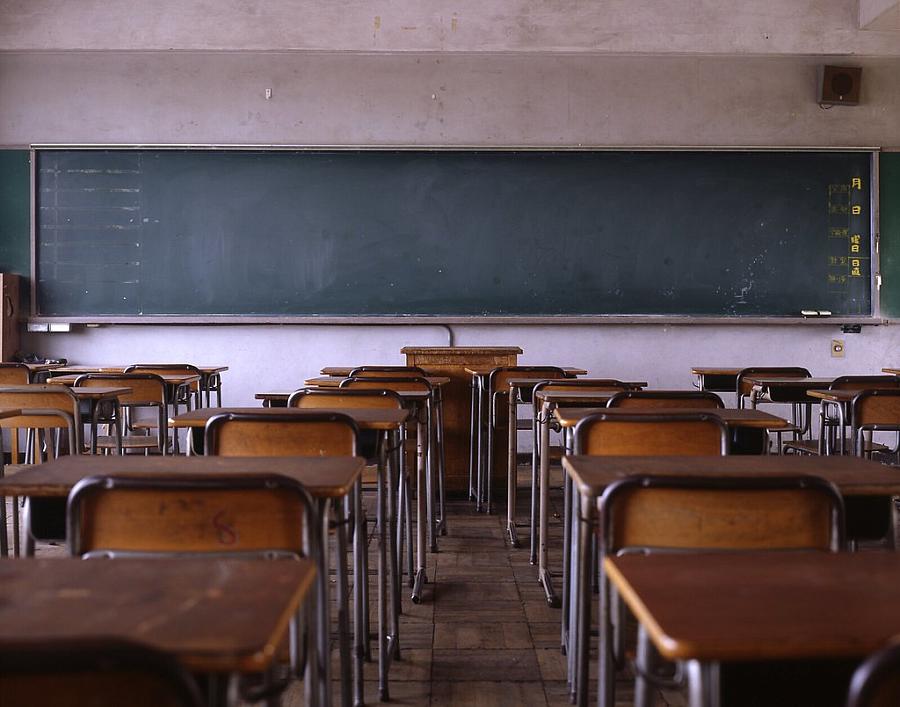Are Michigan educators violating laws meant to keep children safe?

(Image via Creative Commons)
Stress in the classroom has worsened since March 2020.
The stress is felt by educators, who now count themselves a part of one of the most burned-out professions in America, according to a recent Gallup study.
And stress has increased in adolescents, who visited emergency rooms at a rate 30% higher in 2020 than 2019, according to the Centers for Disease Control and Prevention.
In students, the stress and anxiety caused by the pandemic, lost days of school, school safety concerns and more have led to an increase in behavioral issues during school hours, according to anecdotal reports and educators and experts.
It appears addressing sudden and seemingly dangerous behavioral outbursts has continued to be a particularly fraught area for educators, especially when it comes to following requirements for addressing behavior in students with disabilities.
Educators for years have employed the use of controversial tactics when they believe a student is a danger to themselves or others. With added stress and tension in the classroom, there is a new urgency in investigating these tactics.
Five years ago, Michigan lawmakers thought they solved the problem by attempting to largely ban the use of controversial tactics by educators against children. But the chasm between the appearance of state oversight and the actual capacity to prevent bad actors is a critical component of our story.
In 2016, a state task force created by then-Gov. Rick Snyder proposed changes to the law, citing a desire for students to know they will be safe in the classroom. The group proposed a series of reforms that ultimately resulted in eight pieces of legislation becoming law.
“This legislation is a great safeguard for our kids that will help them grow and thrive instead of the archaic and barbaric practices of the past that made school an unsafe place for children,” Lt. Gov. Brian Calley said at the time.
The legislation, prompted by the death of a student in 2003, was supposed to codify what was up until this point best practices for confronting students experiencing violent emotional distress.
The reform was also intended to instill substantially more accountability for educators and school districts, indicating adults may only use controversial tactics against a student during an emergency and are required to file paperwork with the state after making this decision.
However, our initial review shows these reports can be vague and essentially end up in a bureaucratic blackhole. The Michigan Department of Education publishes broad statistics, but there’s no indication that anyone is actually reviewing the information to determine whether students are put in danger. The department appears to lack any control over these controversial tactics, despite data indicating adults in some relatively small and rural districts use questionable tactics hundreds of times every year on a small portion of students.
The districts themselves also take widely disparate approaches to recording and releasing data showing the use of controversial tactics. Some large, urban districts provided the documents to the Free Press at no cost and with limited redactions, helping to shine a light on the decision-making process used by educators.
But other districts refuse to release this public information, arguing the records that are mandated by the state and can help ensure student safety infringe on the rights of children. Others have asked for large sums of money for the records. This underscores the disparate way districts approach their own reporting requirements, something lawmakers intended as a key accountability component of their legislative package.
For this project for the 2022 National Fellowship, we will continue to press school district administrators for documentation of these practices. We will analyze these documents to discover what’s happening statewide, and interview parents of the children disproportionately impacted by these tactics.
Five years ago, elected leaders promised Michigan’s most vulnerable children they’d be safe in the classroom. Our project will illuminate how educators, districts and elected leaders are unable to deliver on that pledge, leaving students in potentially dangerous and damaging circumstances all across the state.


